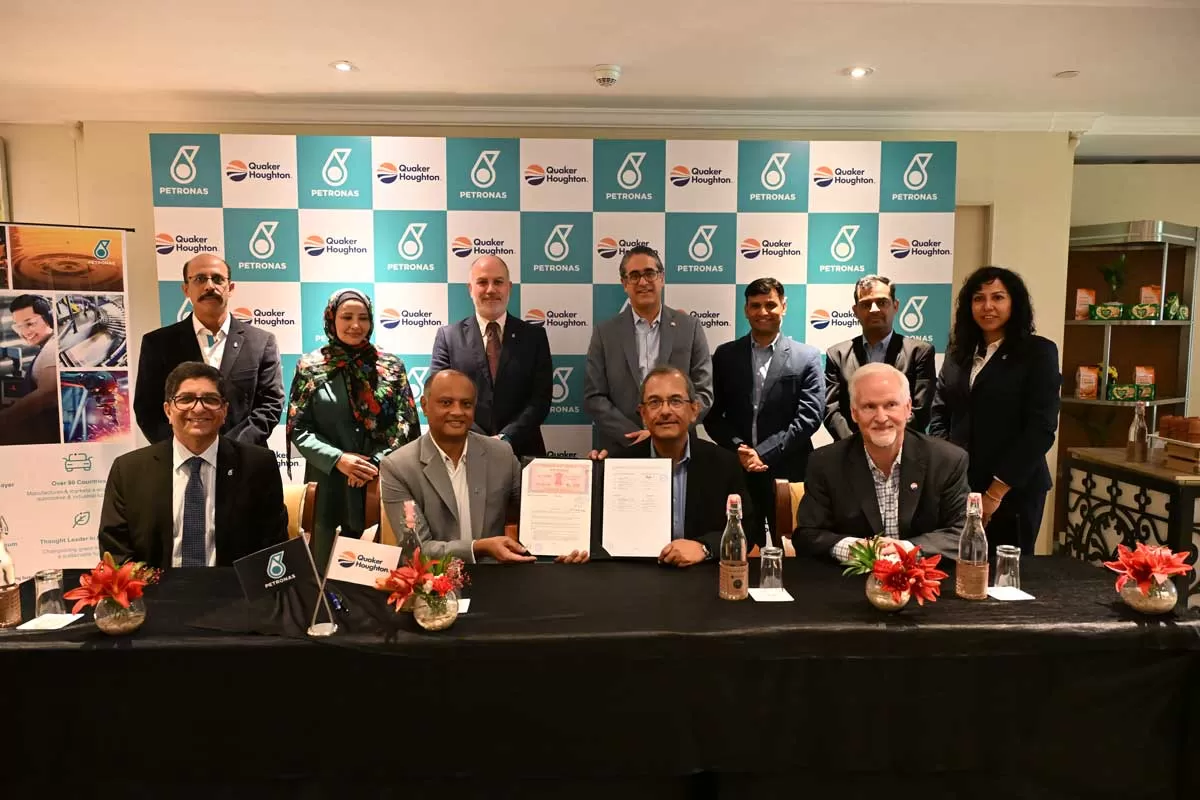Photo courtesy: Blue Star
The Refrigeration and AC Manufacturers Association (RAMA) and the Indian Society of Heating, Refrigeration and Air-Conditioning Engineers (ISHRAE) have green-signalled industry guidelines issued in May 2020 for the optimum implementation of air-conditioning in residential and commercial spaces.
Contrary to the widespread perspective that AC equipment is a conduit for the Coronavirus, AC makers claim that running an AC in an ideal temperature (24° to 30°) and humidity (between 40° and 70°) band helps boost immunity and resist COVID-19.
The Central Public Works Department (CPWD), which maintains government offices, and the Military Engineering Service (MES) have been quick to accept the guidelines. Industry sources claim this is also why the Indian Railways restarted services with all AC coaches.
CW asked Vishal Kapur, Chair, ISHRAE’s Technical Committee, and Managing Director, Meho-HCP Air Systems, to explain why the industry is recommending air-conditioning as a means to stay healthy and why it isn’t true that the Coronavirus will transmit more easily in a centrally air-conditioned commercial space.
“The human respiratory tract is naturally designed to filter out potentially infectious or damaging particles,” explains Kapur. “From our nose to our respiratory tract, we have different ways of filtering out or capturing particles so they do not reach our lungs. When infection reaches our lungs, it means some part of our body has either stopped working or lacks the ideal surroundings. Air-conditioning plays a major role in maintaining ideal surroundings.”
Continuing with an example, he says, “When you breathe in dry air, your throat starts to feel dry because the mucus in its lining dries. With that, its ability to capture particles is lessened, and potentially infectious particles are able to reach further into the lungs. This is why, in cold countries, when the humidity level dips in winters, health and wellness experts recommend humidifying the air to maintain an optimum humidity band. In contrast, most of India doesn’t have dry air but we would still gain from spending the most possible time in a space where the humidity is in the 40-70 per cent band. Research on viruses in general shows that the chances of any virus surviving and maintaining its infectability lessens beyond the humidity level of 50 per cent and a temperature beyond 24°C. The virulence of a virus is most at 7-8°C.”
Further, Senthil Thangam, Senior General Manager, Commercial Air-Conditioning Division, Blue Star, explains that when the humidity drops below 40 per cent, the cough or sneeze droplets from the infected person carrying the virus contract owing to evaporation and desiccation. The tinier the particles, the longer they can remain airborne.
To monitor the indoor humidity level, Singh recommends placing a humidity reader in the room.
Coming to the chances of infection, short-range transmission is highest when people sit in confined spaces with static air, where the air and surfaces get contaminated. In confined spaces with no air-conditioning, Kapur points out that the air can be static even if the windows are open (unless it is a very windy day). In fact, air-conditioned spaces are safer because the air-cooling equipment mandatorily pumps in more air from outside. Setting the AC system to change the air inside the premises minimum once an hour going up to twice an hour or maybe even up to three times an hour increases indoor safety.
“Increasing the fresh air to two air changes or more may increase the heat load,” cautions Thangam. “To optimise installed capacity, get the system design evaluated by experts such as Blue Star.”
“A key point is that viruses in general don’t travel on their own; they latch on to a substrate—dust particles or saliva and droplets exhaled from a person’s mouth or nose respectively. In an air-conditioned space, this substrate gets captured by filters,” explains Kapur. “This is why ISHRAE also recommends filter upgradation and increasing the frequency of filter cleaning. In residential applications, we recommend keeping the window slightly open while running the AC. In offices, the ventilation system can remain operational beyond working hours to ensure proper and continuous flush-out of the space.”
Gurmeet Singh, Chairman & Managing Director, Johnson Controls-Hitachi Air Conditioning India Ltd, and President, Refrigeration and AC Manufacturers Association (RAMA), points out that some measures are easily doable at home; for instance, cleaning filters and ventilating the room after every eight to 10 hours when you switch off the room AC.
“For added safety, use an air purifier to control dust,” adds Thangam. “The key point is that all kinds of central AC systems can offer protection from the propagation of COVID-19 as they control temperature, humidity and offer mechanical ventilation-cum-filtration that draws adequate fresh air. Central AC systems, VRF systems, ducted split systems, packaged systems, and residential AC units are all safe to use.”
Last but not the least, Singh advises, “Don’t restart HVAC plants after a long gap without having these serviced.”
At the end of the day, Kapur says that infection is an outcome of a substantial viral load. Someone would have to be very sick for the virus to travel through an AC system to reach other parts of the office and infect others. Typically, temperature screening at the entrance would help identify those who are so sick. Also, other protocols like masks, hygiene, social distancing and surface cleaning should be practised.

















